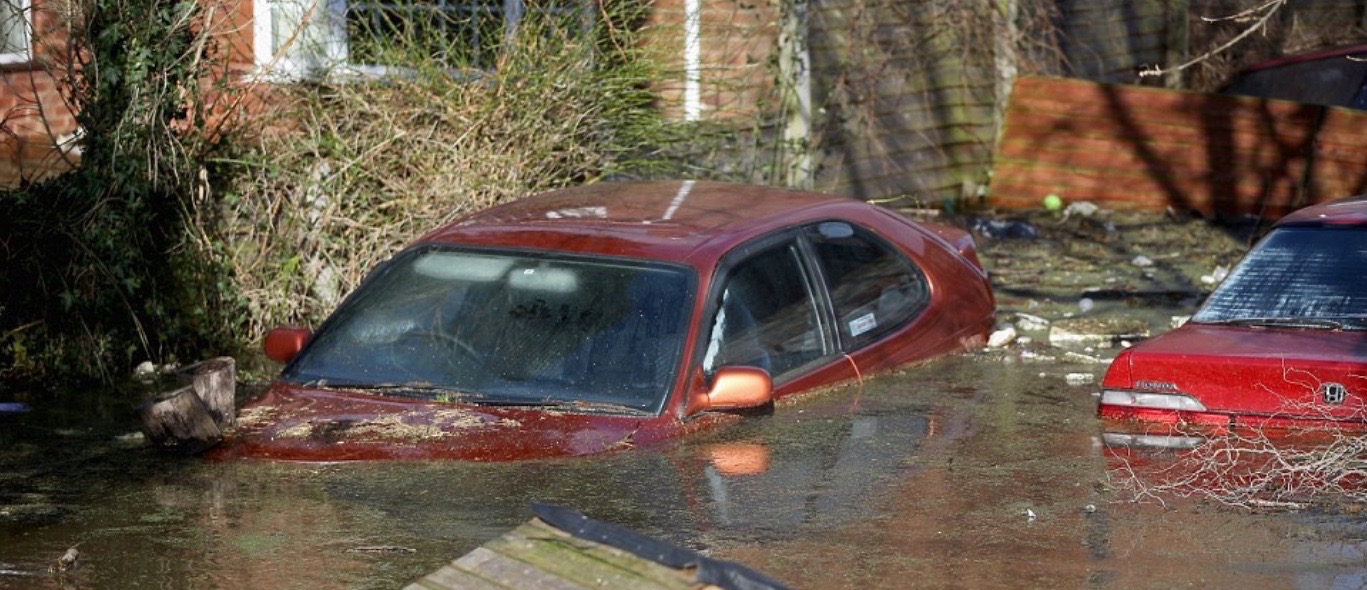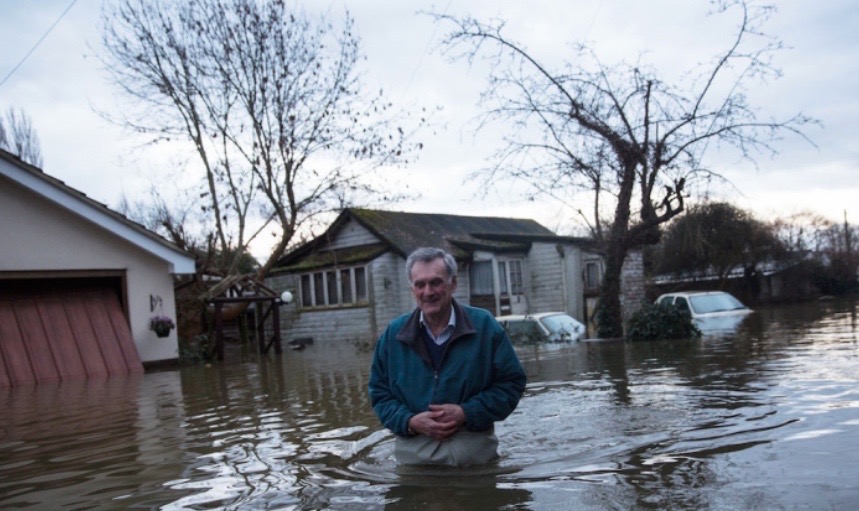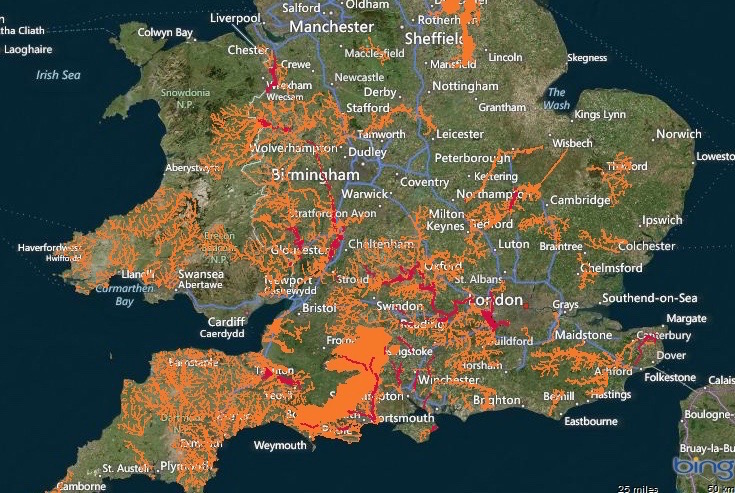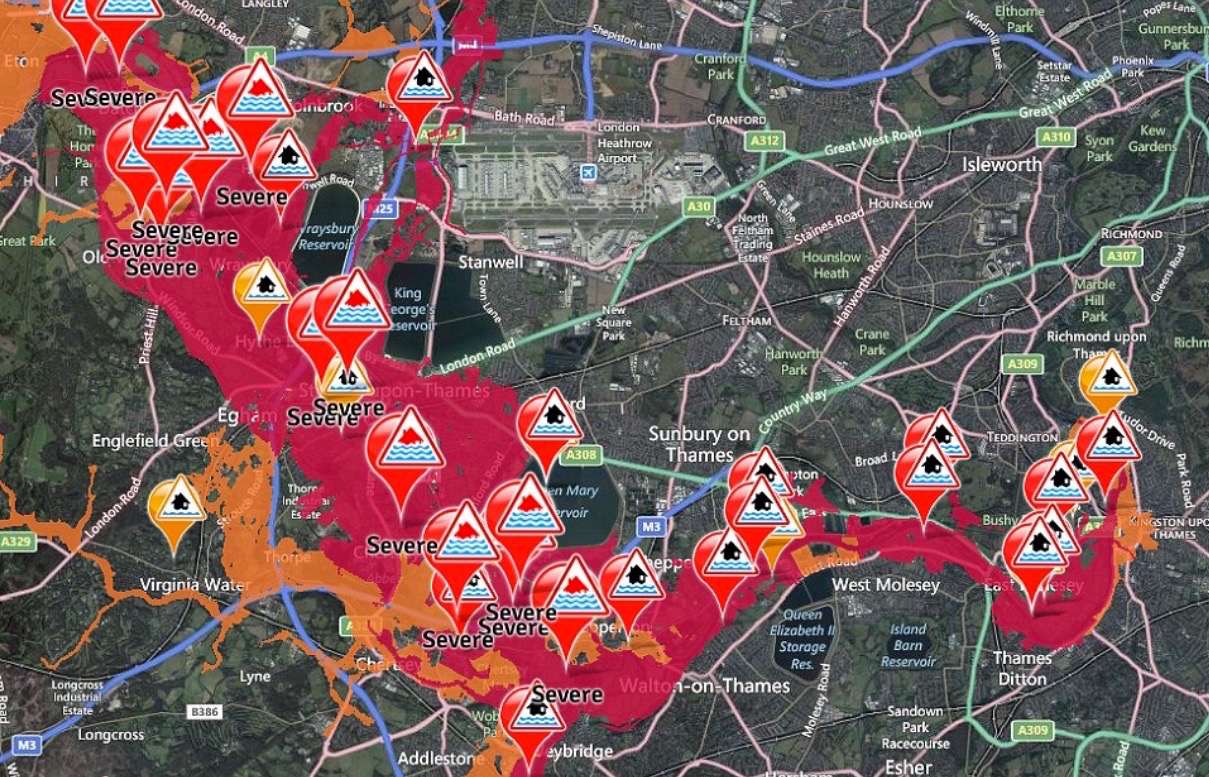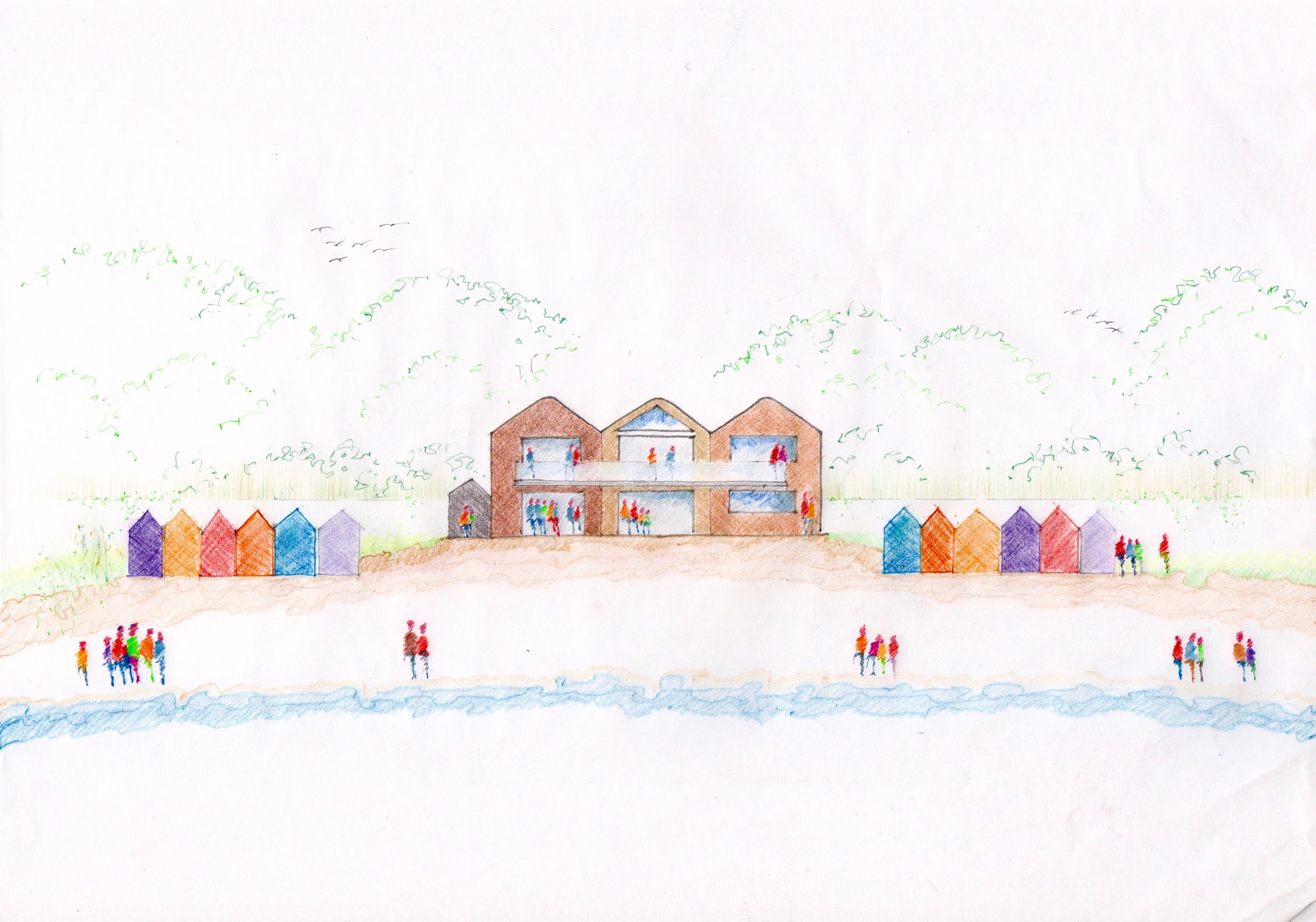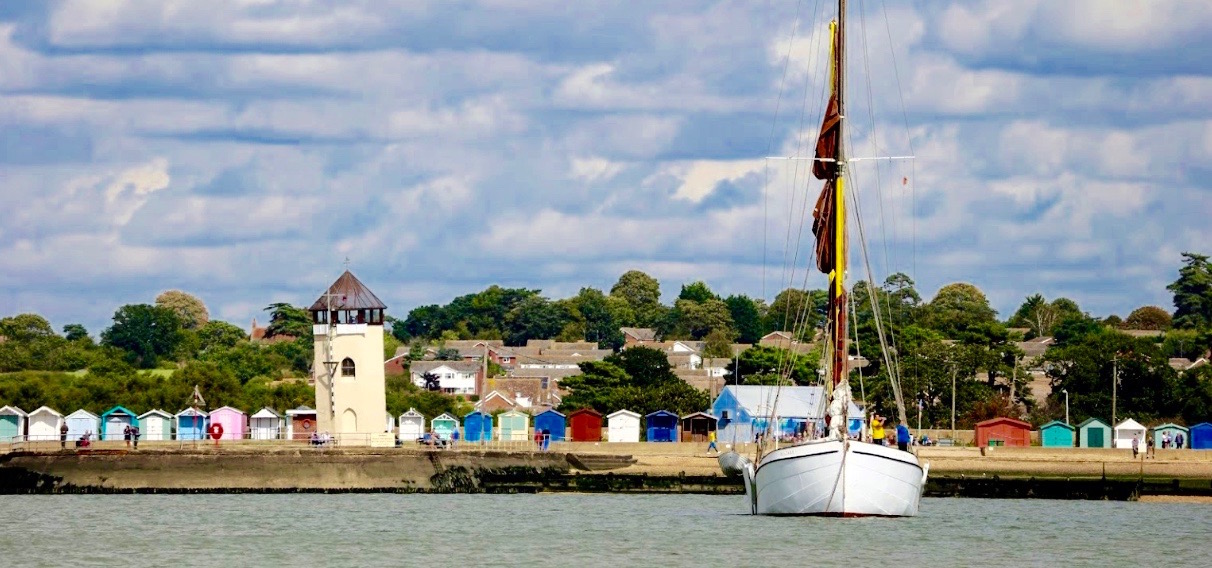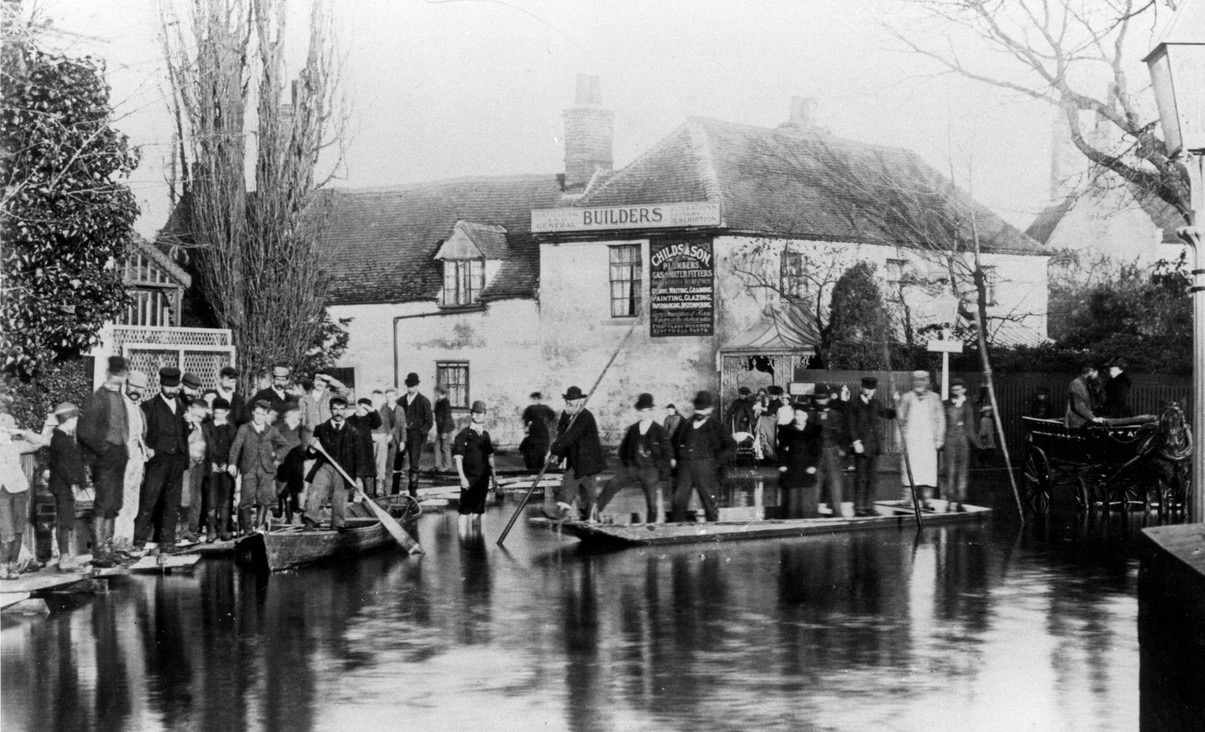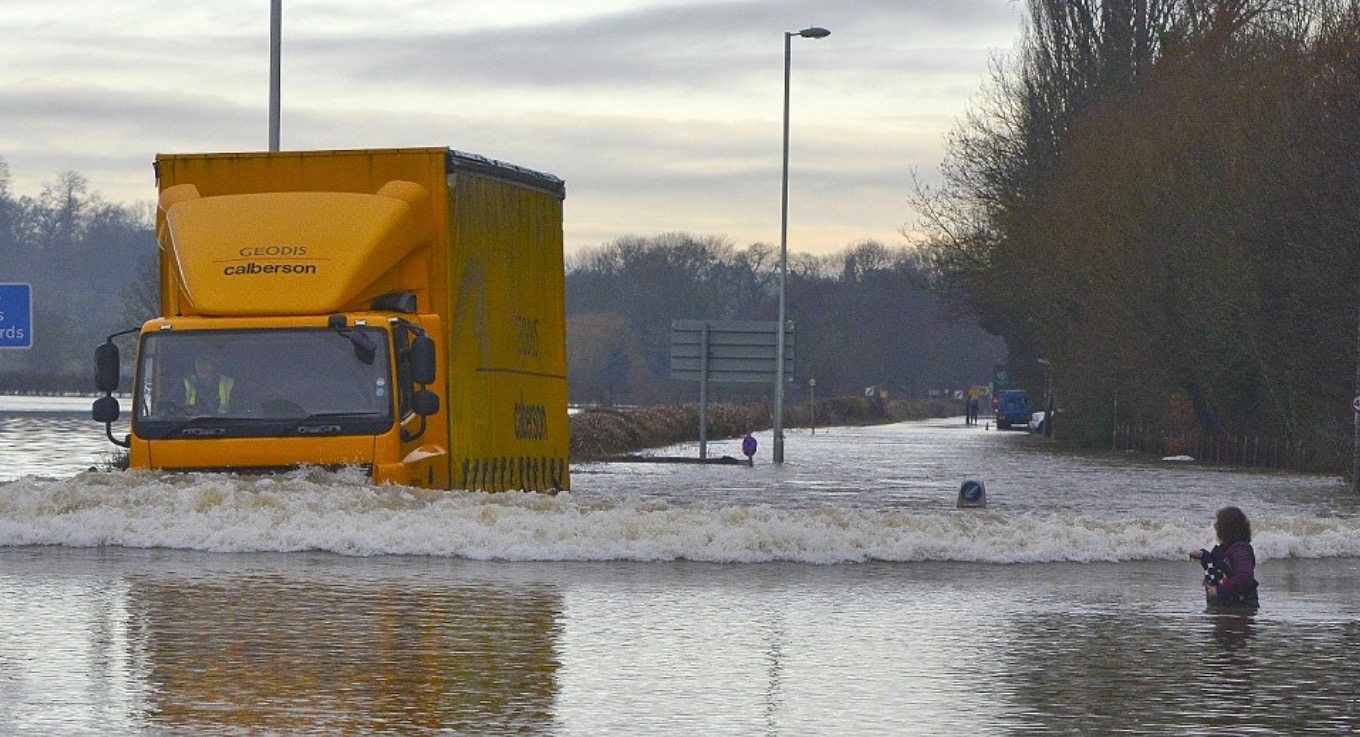Maximising Space by Designing for Water
Our environment is changing, but most architects are still designing buildings with the 20th century’s climate in mind. Developments must adapt, or face becoming unfit for purpose within years of their construction. As sea levels rise, water – and drought – will play an increasingly important role in our lives. Like the weather, water levels will become more unpredictable. Even areas that have never seen flooding before could suddenly be hit by a deluge.
It’s not just coastal regions we should account for, either. Changing rainfall patterns mean inland flood zones will be submerged more often. Similarly, urban areas are seeing more flooding – it may not occur in a predictable pattern every year, but it does happen! To maximise the space available to us, the buildings of the future need to be resilient.
Seeing the potential
It is tempting to write off land at risk of flood. We could pack all our construction into the shrinking islands of drought. From a design standpoint, that’s certainly the easy way forward. Pick whatever land is least likely to flood, and stack buildings as high as physics will allow. There’s a certain logic to that – but is it the best solution?
If we want to maximise land value, we should build more in flood risk areas. Instead of cramming people into box-like urban offices and apartments, we can navigate the challenges of designing for water. These marginal lands can deliver a lot of space, if the natural course of the water is respected.
Respecting the course of nature
High flood risk land is incredibly economical. To a traditional mindset, the land is not buildable. Naturally, this affects the valuation. Where other parties are deterred, intrepid architects and developers can find a great opportunity to create a beautiful, desirable space. There are some considerations to keep in mind, however. The Environment Agency doesn’t like to see big, solid structures on land adjoining a river or on a site with low levels. This is because these don’t allow the water to flow away naturally, creating untoward consequences. But it is possible to design projects that don’t interfere with the water’s natural course, like our amphibious beach café in Brightlingsea, where the water simply flows around and under the building.
That way, you can confidently populate a site. When the tide comes in, or the floods arrive, the building doesn’t deflect the water or push it somewhere it shouldn’t go. Instead of building barriers, we take a very gentle approach that respects the environment. That’s the key mindset: working with rather than against the water.
This ethos allows architects to create a space where stress and anxiety levels remain low, even as the water rises.
